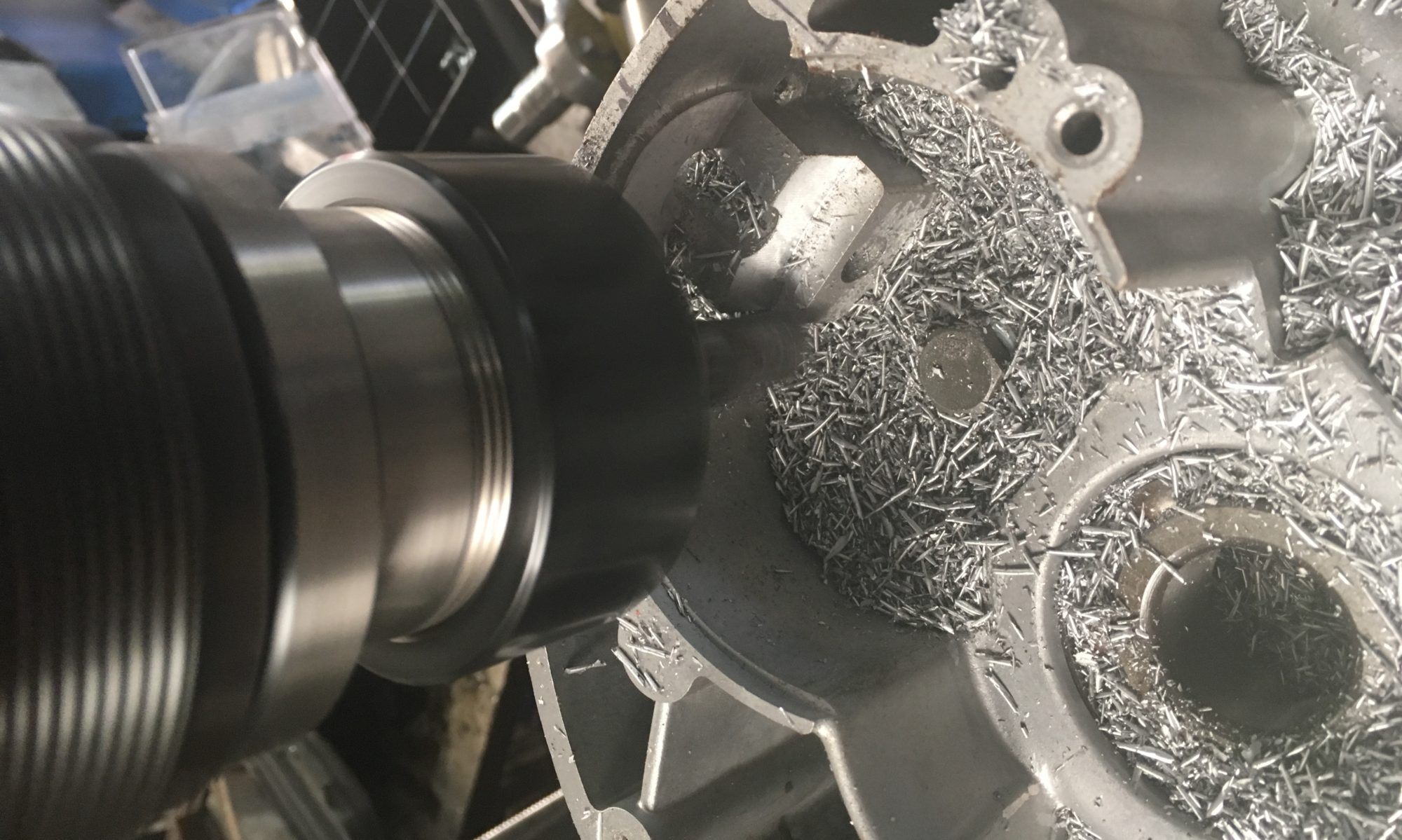Filing
Gone are the days when an apprentice was given a block of steel, a hammer and cold chisel and a file on his first day at work and then told to chisel it square and file it dead flat. Off you went with little or no instruction, did your best with a lot of frustration and generally pain from hitting yourself with the hammer. The nurse at first aid got sick of writing lacerated hand or thumb in the incident reports!
However, it taught you patience and care. But in this day and age it’s much quicker to produce things on machines and sadly, the old skills are all but forgotten. Yet regardless, there is a sound argument to be made that in the home workshop and even in the maintenance department these “old school ways” are not only useful, but at times, are critical skills to have. Filing of odd shapes, key fitting, opening up of holes, deburring etc. are still tasks that are relevant today.

Types of files
From the picture it’s plain to see the different shapes and work out where they can be used. Some not seen very often now are the Riffle Files, a common use for them was in filing out racing motorcycle ports to the desired shape. Not shown are needle files (which are miniature files that come in most of the shapes of the larger files) but are handy for very small fine work. If you are dealing with hardened materials, Diamond files are very useful and can be used to file high speed steel tool bits to a required form. Files come in different grades, Rough, Bastard, Second Cut, Smooth are the general ones but there are variations eg. Mill Saw and Long Angle Lathe.
Care of Files and Yourself
If possible store files separately so they don’t rub or knock against each other and lose their edge. Keep them clear of clogged metal by cleaning them with a file card or wire brush, brushing away from the handle. Never use a file without a handle attached, as the tang of the file can do considerable damage to you, especially if you use it on a lathe! Most modern file handles are plastic and come in various sizes, so always use the one that is right for the file but make sure it is on tight. If you have a new wooden handle the easiest way to fit it is to hold the file in vice, using soft jaws, heat the tang up red hot and carefully push the handle onto the tang. It’s a quite smoky operation, I did a lot of that as an apprentice for production that used them for deburring and believe me the plastic handles are a much easier option!
Using a file
It takes a lot of practice to become proficient at filing but here are a few basic tips. If possible hold the workpiece in a vice, holding the handle in your preferred hand, the end of the file with the other and start filing with long even strokes putting pressure only on the forward stroke. The hardest part is to keep the file straight and not to use a seesaw rocking action (because you will be taking a lot more material from the ends than in the middle). Work to scribed lines if possible and check often with a square or straight edge. Keep the file clean and free of clogging with the file card and keep any oil or grease away from the surface, even the oil from your hands can cause the file to slide over the surface and not cut!
So keep practicing and you’ll be surprised at how much metal you can remove accurately and in a relatively short time!



However, it taught you patience and care. But in this day and age it’s much quicker to produce things on machines and sadly, the old skills are all but forgotten.